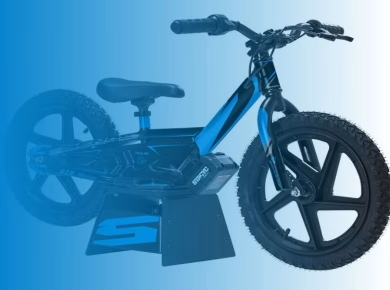The moment you realize food has lodged itself in the hole left by a wisdom tooth extraction can feel like a mini-crisis. It’s a peculiar experience that often leads to frustration, discomfort, and a flurry of questions: How do I get it out? Is it going to cause an infection? Will I need to call my dentist? Having gone through the aftermath of wisdom tooth removal myself, I’ve learned a few effective strategies to keep that area clean and prevent any complications. With the right approach, you can tackle this common post-surgical issue with confidence.
Understanding the Wisdom Tooth Hole
After a wisdom tooth extraction, the body begins to heal, but the open socket can be a magnet for food particles. This hole, or alveolus, is part of your natural anatomy, and keeping it clean is crucial. The challenge lies in the fact that the extraction site is often sensitive and requires gentle care. Understanding the healing process and what to expect can alleviate much of the anxiety surrounding this phase.
The Healing Process
Typically, the healing process takes about one to two weeks. During this time, a blood clot forms in the socket, which is essential for healing. Dislodging this clot can lead to dry socket, a painful condition that prolongs recovery. Therefore, when you notice food trapped in that area, your first instinct may be to dig it out. However, caution is key.
Gentle Cleaning Techniques
When food becomes trapped, the goal is to remove it without disturbing the healing tissue. Here are some practical methods to consider:
Rinsing with Warm Salt Water
One of the simplest and most effective methods is to rinse your mouth with warm salt water. This natural antiseptic helps to dislodge food particles while also soothing inflammation. Mix a teaspoon of salt in a cup of warm water and gently swish it around your mouth, focusing on the extraction site. Perform this rinse several times a day, especially after meals, to keep the area clean.
Using a Syringe
Many dentists provide a syringe filled with saline solution for patients post-extraction. If you have one, it can be a game-changer. Gently squirt the saline solution into the socket to flush out any trapped debris. Be sure to do this with care, as too much pressure can disrupt the healing process.
When to Avoid Certain Foods
In the days following your extraction, it’s wise to be mindful of what you eat. Certain foods can exacerbate the problem and increase the likelihood of food becoming trapped.
Soft Foods Are Your Best Friend
Opt for soft, easy-to-chew foods like yogurt, applesauce, and mashed potatoes. These options are less likely to fragment and get stuck in the socket. Steer clear of crunchy or hard foods, such as nuts and chips, which can easily lodge themselves in the extraction site.
Stay Away from Straws
Using a straw can create suction that dislodges the blood clot, leading to dry socket. It’s best to avoid straws altogether during the initial healing period, especially for the first week.
Recognizing Signs of Infection
While minor discomfort is part of the healing process, it’s essential to be aware of signs that could indicate an infection. Redness, swelling, and a persistent bad taste in your mouth are red flags. If you experience increased pain or notice any discharge from the socket, consult your dentist immediately. Early detection can prevent more serious complications.
Follow-Up Care
Don’t underestimate the importance of follow-up appointments. Your dentist will monitor the healing process and can address any concerns you may have. If food continues to get trapped despite your efforts, they may have additional recommendations or interventions to ensure optimal healing.
Final Thoughts: Navigating Wisdom Tooth Recovery
Dealing with food stuck in a wisdom tooth hole is a common experience, but it doesn’t have to be overwhelming. By employing gentle cleaning techniques and being mindful of your diet, you can promote healing while minimizing discomfort. Remember, patience is key during this recovery period. If you find yourself struggling, don’t hesitate to reach out to your dental professional for guidance. Taking proactive steps not only helps you maintain oral hygiene but also supports your overall health during this healing journey. Embrace the process, and before you know it, you’ll be back to enjoying your favorite foods without worry.



